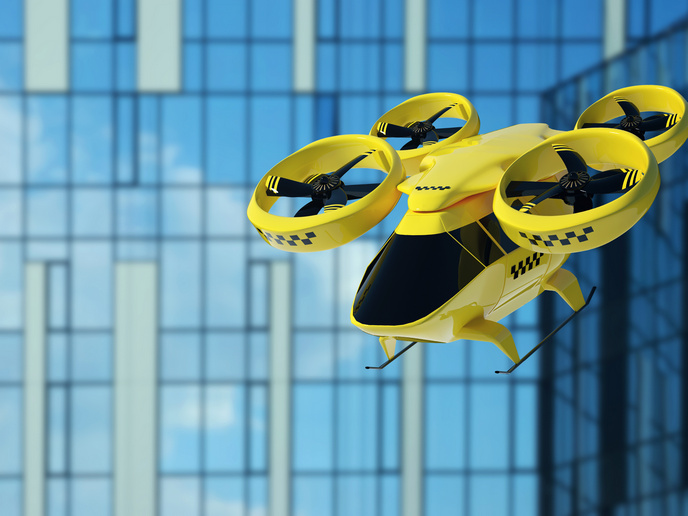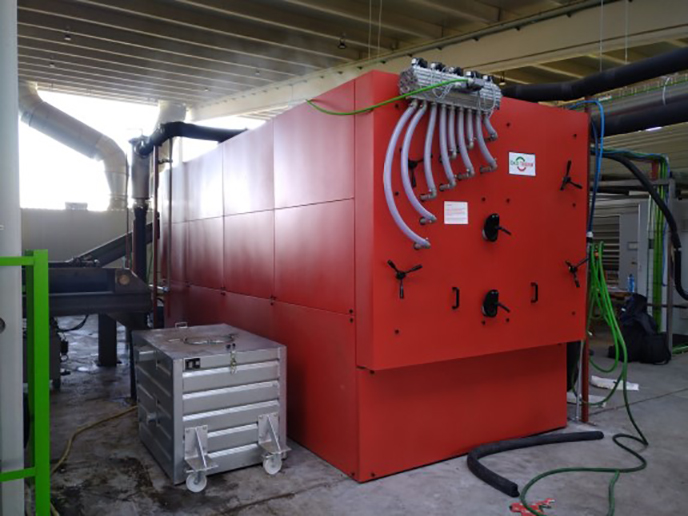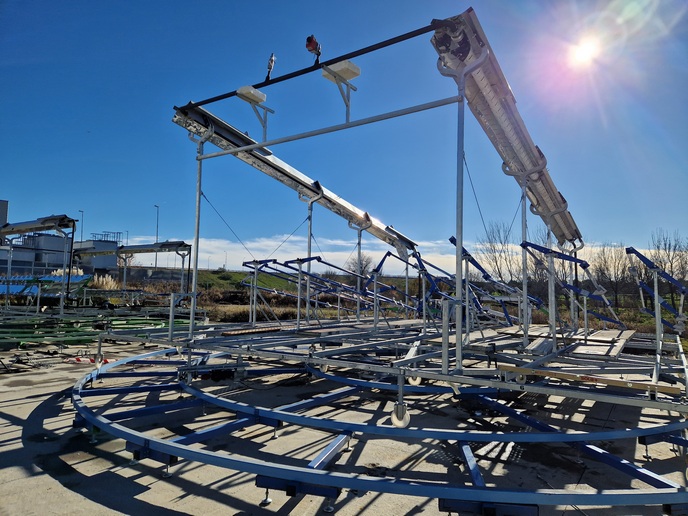New panels for aircraft noise reduction
Turbulent airflow over the fuselage surface generates noise that is radiated by vibrating panels. Although absorbing materials are already used on panel surfaces, passive methods are unfortunately not effective against low-frequency noise components. The EU-funded 'SPRiNT - Smart panels for the reduction of noise transmission' (SPRINT) project focused on embedded sensor-actuator pairs evenly distributed on a smart panel surface. These control units generate active damping, significantly decreasing sound transmission at low frequencies. Project members simulated sound transmission from a smart double-panel system. In addition to force actuators and velocity sensors, a mathematical model was extended to include frequency response from coil actuators and accelerometer sensors. To achieve maximum performance, the stability of this decentralised velocity feedback control architecture was analysed. As an increase in the feedback loop number does not necessarily lead to performance improvement, project partners sought instead to optimise their number. An electromechanical test rig was successfully built to test system control effectiveness, stability and noise abatement. Experimental validation on the rig should significantly increase knowledge regarding the effectiveness of the proposed active control method. Further experimental work is highly likely to result in more publications in peer-reviewed journals. The final outcomes are expected to lead to a successful demonstration of a very interesting and novel active noise control technique.
Keywords
Noise reduction, active control system, active damping, smart panel, sound transmission,







